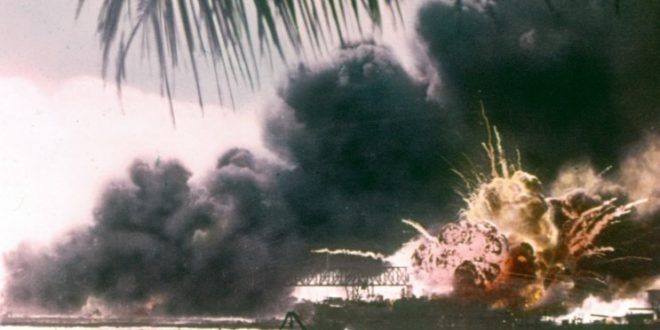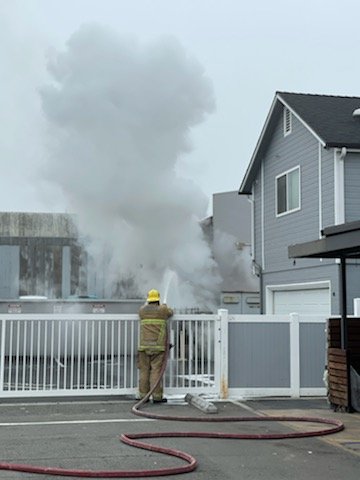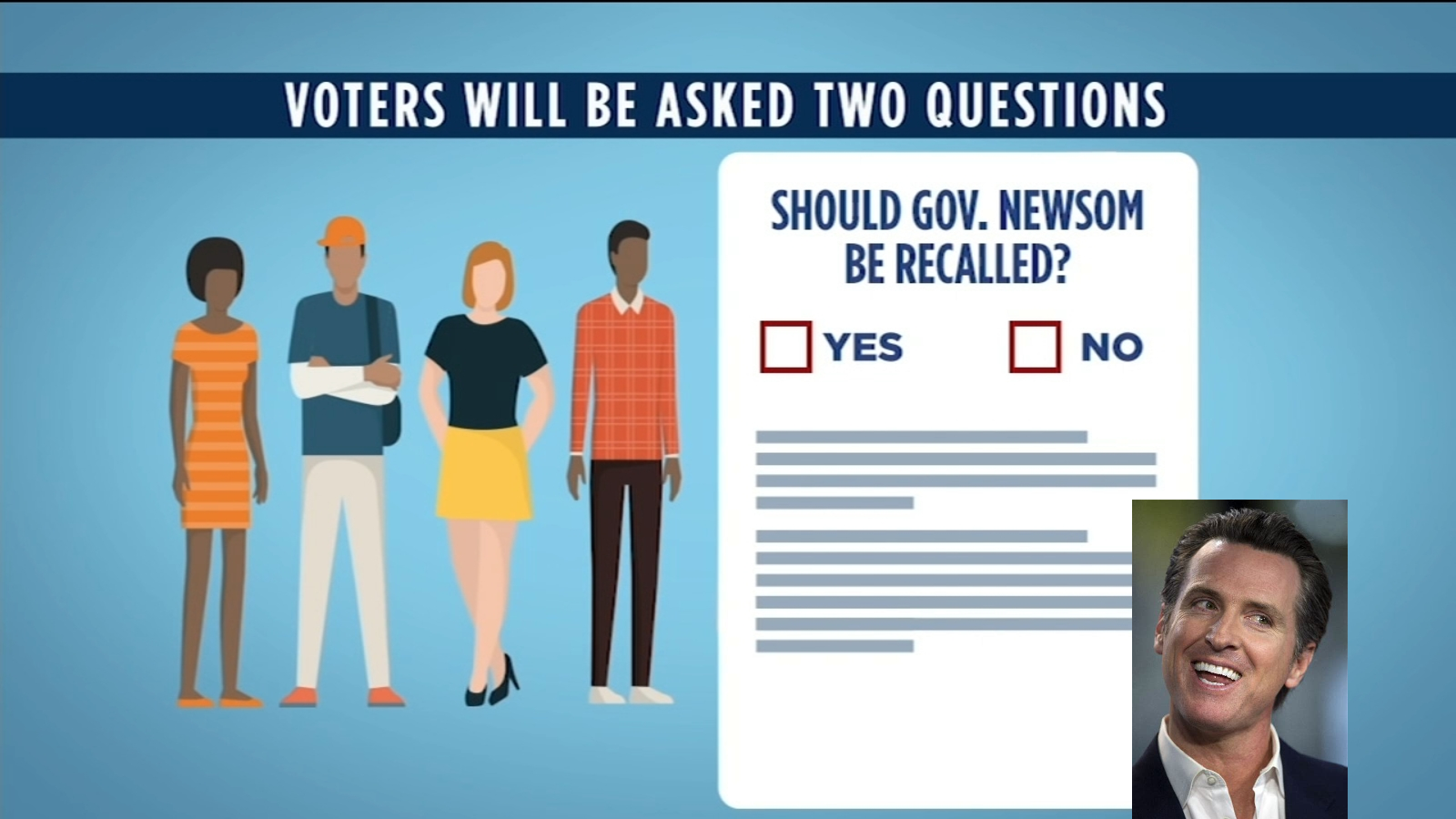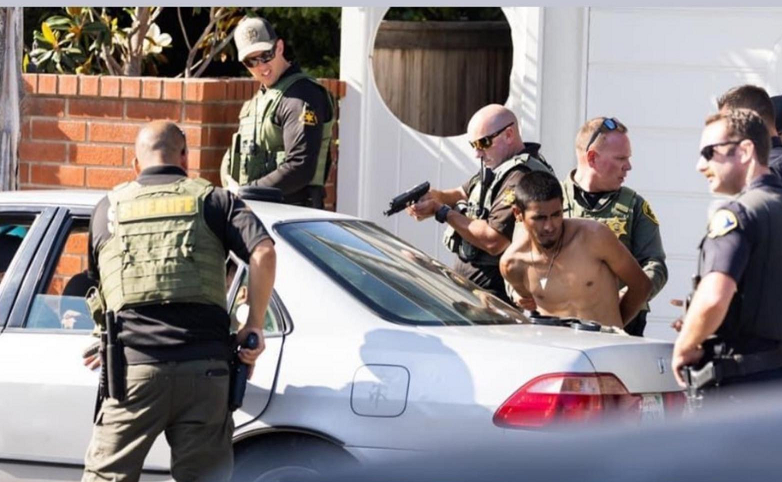Death, taxes, and war. The three inevitabilities of human existence. On this day just 75 years ago, Pearl Harbor was attacked in what was to become the US’s most highly publicized entrance into World War II.
We all know the story well: The Japanese bombed our Pacific fleet without any warning. But did you know that the US actually struck first? Just an hour and a half before the bombing of Pearl Harbor occurred, the USS Ward (DD-139) spotted a periscope in the water and initiated an attack on a Japanese mini-sub in international waters, at 6:40am. At the time, that would have officially entered the US into war all on its own, but what nobody knew was the event that day would truly be remembered for was still to come.
At 7:55 am, the attack on Pearl Harbor began. Discounting small craft, there were some 86 ships of the Pacific Fleet moored in Pearl Harbor that morning, and 81 aircraft.
U.S. planes have been parked wingtip-to-wingtip in neat rows to make it easy to guard them against sabotage. Most are destroyed, giving the Japanese full air domination– But there were some already in the air: As part of a U.S. plan to bolster the Pacific forces, 12 B-17 Flying Fortresses have been ordered to the Philippines. The first stop is Oahu. Unaware that Japan is attacking Oahu, they prepare to land at 8:00 am… but they are unarmed to save weight, and the B-17s can only dodge Japanese fighters and U.S. antiaircraft gunfire. Most manage to land intact-one touching down on a golf course.
At 8:10am, an armor-piercing bomb, dropped by a high-altitude bomber, pierces the forward deck of the Arizona, setting off more than a million pounds of gunpowder, creating a huge fireball, and killing 1,177 men. A sailor on the torpedoed battleship Nevada sees the Arizona “jump at least 15 or 20 feet upward in the water and sort of break in two.” In nine minutes the Arizona is on the bottom.
At 8:17am, the destroyer Helm speeds to the open sea through the flames and smoke of battle. As the Helm leaves the channel, a lookout spots a Japanese sub snagged on a reef. The Helm “turned hard right toward enemy submarine,” shoots—and misses. The two-person sub breaks free and submerges. But it snags again. Trying to escape the foundering sub, one crewman drowns. The other is washed ashore—and becomes the United States’ first World War II prisoner of war.
At 8:54am, the second wave of attacks come, as 35 fighters, 78 dive-bombers, and 54 high-altitude bombers join in, meeting heavy antiaircraft fire.
At 9:30am, a bomb blows off the bow of the destroyer Shaw; pieces of the ship rain down half a mile away. A photo of the spectacular explosion becomes one of the best known images of that day (cover photo, here)
Except for the Arizona, Utah, and Oklahoma, every ship sunk or damaged on December 7 will sail again.
The following day, at 12:29pm, the president entered the chamber of the House, welcomed with an astonishing show of unity and support from both parties, and began a speech, “Yesterday, December 7, 1941—a date which will live in infamy—the United States of America was suddenly and deliberately attacked by naval and air forces of the Empire of Japan.”
The United States was at war.
Today, we remember those who have sacrificed everything to defend America. We honor those who signed up knowing full well they may be asked to do the same.
 Save Newport Real News in Newport Beach
Save Newport Real News in Newport Beach





